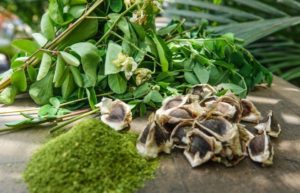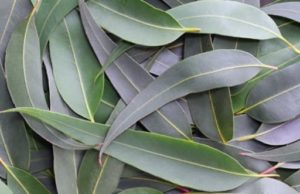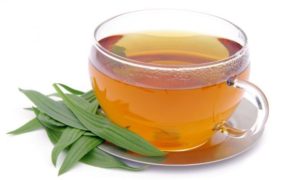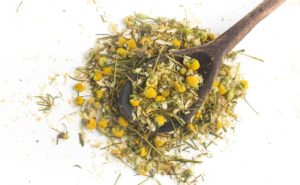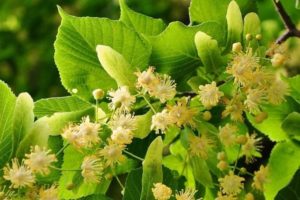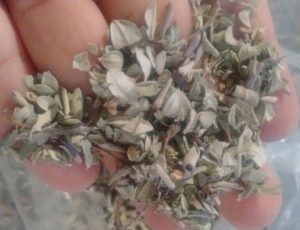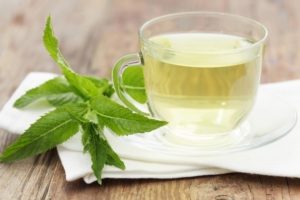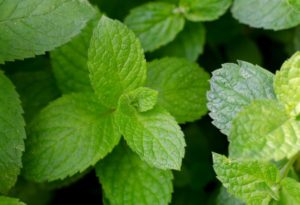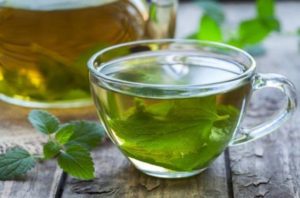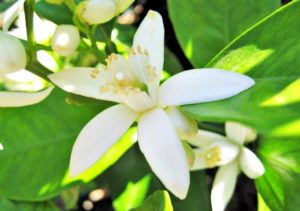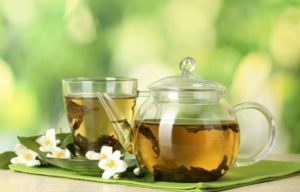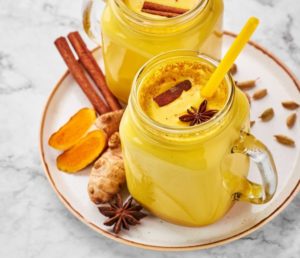La Rosa de Castilla (Rosa gallica) o rosal de Francia es una especie de rosal originaria de Europa central y Asia occidental.
Es un arbusto que puede alcanzar hasta dos metros de altura y los tallos están provistos de espinas. El color de las flores va desde el blanco (poco común) a rosa o púrpura oscuro.
Para elaborar remedios medicinales se emplean los pétalos de sus flores ya que su infusión contiene Vitamina A, C y antioxidantes que ayudan a quemar la grasa corporal esntre otras tantas propiedades como:
Antidepresivas – antiinflamatorias – antisépticas – afrodisíacas – bactericidas – depurativas – diuréticas – hemostáticas – hepáticas – sedantes – tónicas.
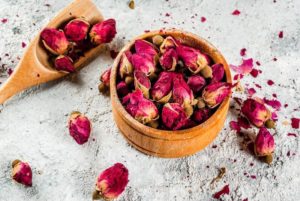
MÁS BENEFICIOS DE LA ROSA DE CASTILLA:
- Desintoxica funcionando como un diurético natural liberando toxinas del cuerpo.
- Reduce el estrés y la tensión nerviosa.
- Calma las emociones, los síntomas de la depresión y la ansiedad.
- Su propiedad como sedante natural ayuda a reducir los trastornos del sueño.
- Acelera la circulación sanguínea lenta.
- A nivel hepático estimula el flujo de la bilis y ayuda a combatir los efectos del alcohol.
- Sus propiedades antibacterianas actúan sobre cualquier infección del tracto gastrointestinal
- Ayuda a equilibrar la microflora y alivia problemas como el estreñimiento, calambres, hinchazón y diarrea.
- Tónico y calmante con acción constrictora para los capilares de cualquier tipo de piel, en especial las maduras, secas y sensibles.
- Para las mujeres: Calma la tensión premenstrual. Regula ciclo menstrual. Puede ayudar a adaptarse a la menopausia. Alivia la depresión post-parto.
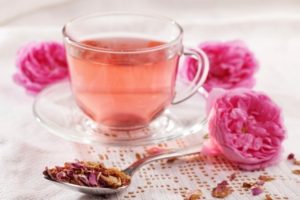
Siempre es bueno estar informado al 100% y consultar con tu médico de confianza antes de tomar cualquier suplemento.
Producto 100% natural, su uso está destinado al consumo como alimento.
EL CONSUMO DE ESTE PRODUCTO ES RESPONSABILIDAD DE QUIEN LO RECOMIENDA Y DE QUIEN LO USA
REFERENCIAS
1) Extraction conditions for Rosa gallica petal extracts with anti-skin aging activities.
Shin EJ, Han AR, Lee MH, Song YR, Lee KM, Nam TG, Lee P, Lee SY, Lim TG.Food Sci Biotechnol. 2019 Mar 26;28(5):1439-1446. doi: 10.1007/s10068-019-00596-7. eCollection 2019 Oct.PMID: 31695942 Free PMC article.
Because skin inflammation is closely linked to skin aging, our study investigated the effects of Rosa gallica petals on skin aging-related activities such as skin whitening and anti-wrinkle properties. Each sample was prepared via extraction using different ethanol …
Lee MH, Nam TG, Lee I, Shin EJ, Han AR, Lee P, Lee SY, Lim TG.Food Sci Nutr. 2018 Oct 25;6(8):2560-2567. doi: 10.1002/fsn3.870. eCollection 2018 Nov.PMID: 30510758 Free PMC article.
Recently, flowers have been considered as dietary resources owing to their biological activities, such as inhibition of nephritis and hemorrhoids. The Rosa plant exerts various biological functions, including antioxidant and anti-microbiological activities. …
3) Total Polyphenol Content and Antioxidant Capacity of Rosehips of Some Rosa Species.
Koczka N, Stefanovits-Bányai É, Ombódi A.Medicines (Basel). 2018 Aug 4;5(3):84. doi: 10.3390/medicines5030084.PMID: 30081545 Free PMC article.
Methods: Total polyphenol content (Folin-Ciocalteu’s method), and in vitro total antioxidant capacity (ferric-reducing ability of plasma, FRAP) in rosehips of four Rosa species (R. canina, R. gallica, R. rugosa, R. spinosissima) were determined and compared. …Resu …
Shimada A, Ueno H, Inagaki M, Yoshimitsu H.Z Naturforsch C J Biosci. 2020 Jan 28;75(1-2):31-39. doi: 10.1515/znc-2019-0117.PMID: 32031983
This study aimed to compare the biological activities of 35 herbal hydroethanolic extracts and select high potential extract, which showed antioxidative activity and inhibitory activities of alpha-glucosidase, lipase, and hyaluronidase, and to investigate the isolation, structura …
5) Inhibitory effects of Rosa gallica on the digestive enzymes.
Ochir S, Nishizawa M, Park BJ, Ishii K, Kanazawa T, Funaki M, Yamagishi T.J Nat Med. 2010 Jul;64(3):275-80. doi: 10.1007/s11418-010-0402-0. Epub 2010 Mar 16.PMID: 20232167
The 50% aqueous ethanol extracts of petals of Rosa gallica collected in Xinjiang province, China, exhibited potent inhibitory effects against alpha-amylase and alpha-glucosidase. …

